Table of content
Barbecuing is a culinary art enjoyed by millions worldwide, bringing friends and family together over the smoky, savory aroma of grilled meats. Whether you’re a seasoned pitmaster or a novice griller, one of the most crucial skills to master is knowing when your meat is perfectly cooked. Undercooked meat can pose health risks and lack flavor, while overcooked meat can become dry and unpalatable. In this comprehensive guide, we’ll delve into various techniques and considerations to help you determine if your barbecue is cooked to perfection.
Understanding the Basics of Cooking Meat
Before diving into specific methods for checking doneness, it’s essential to understand the fundamental principles of cooking meat. Different types of meat have varying textures, fat contents, and ideal cooking temperatures. For instance, beef, pork, chicken, and lamb each require different internal temperatures to ensure safety and optimal taste.
Internal Cooking Temperatures
- Beef: The USDA recommends cooking beef to an internal temperature of 145°F (63°C) for medium-rare, 160°F (71°C) for medium, and higher for well-done. However, steak enthusiasts often prefer slightly lower temperatures for a more tender and juicy result.
- Pork: Modern pork cooking guidelines suggest an internal temperature of 145°F (63°C), as pork is now generally free of trichinosis. However, some recipes, especially for pork shoulders and ribs, may call for higher temperatures to achieve a tender, fall-off-the-bone texture.
- Chicken: Chicken must be cooked to an internal temperature of 165°F (74°C) to ensure all bacteria are destroyed. This is particularly important due to the risk of salmonella.
- Lamb: Lamb can be cooked to various degrees of doneness, similar to beef, but an internal temperature of 145°F (63°C) for medium-rare to 160°F (71°C) for medium is common.
The Importance of Resting Meat
Once your meat reaches the desired internal temperature, it’s crucial to let it rest. Resting allows the juices to redistribute within the meat, ensuring a more tender and flavorful result. The general rule is to rest meat for about half the time it took to cook, but this can vary based on the cut and cooking method.
Visual Indicators of Doneness
Visual cues are often the first line of defense when checking if your barbecue is cooked to perfection. While they shouldn’t be relied on solely, they can provide a good starting point.

Color Changes
As meat cooks, it undergoes a color transformation. Raw meat typically has a bright red (or pink) hue, which darkens to a brown or grayish color as it cooks. For example, raw beef will turn a deep brown when fully cooked, while chicken skin should turn a golden-brown color. Keep in mind that color alone isn’t a reliable indicator, especially with thicker cuts or meats that have been marinated or seasoned heavily.
Juice Clarity
Poking your meat with a fork or knife and inspecting the juices that come out can give you some insight. Raw or undercooked meat will release bloody or pinkish juices. As the meat cooks, these juices will become clearer, eventually turning to a light brown or clear liquid when fully cooked. Again, this method isn’t foolproof, especially with thicker cuts where the exterior might be cooked while the interior is still raw.
Using Tools for Accuracy
For a more precise determination of doneness, you’ll need to rely on tools designed specifically for this purpose.
Meat Thermometers
A meat thermometer is the most reliable way to check the internal temperature of your barbecue. There are two main types: instant-read and probe thermometers.
- Instant-Read Thermometers: These are compact, handheld devices that you insert into the meat to get an immediate temperature reading. They are ideal for checking the doneness of smaller cuts or individual pieces of meat.
- Probe Thermometers: These thermometers have a probe that you insert into the meat before cooking. The probe remains in place, connected to a digital display that shows the internal temperature in real-time. They are excellent for monitoring larger cuts or roasts that require longer cooking times.
When using a thermometer, insert it into the thickest part of the meat, avoiding bones or fatty areas, which can give inaccurate readings. For best results, check the temperature in multiple spots to ensure consistency.
Touch and Feel
Experienced grillers often rely on touch and feel to gauge doneness, especially with cuts like steaks and chops. As meat cooks, it undergoes a textural transformation, becoming firmer and less yielding to the touch. However, this method requires practice and is highly subjective. It’s best used in conjunction with other methods, such as visual inspection and thermometer readings.
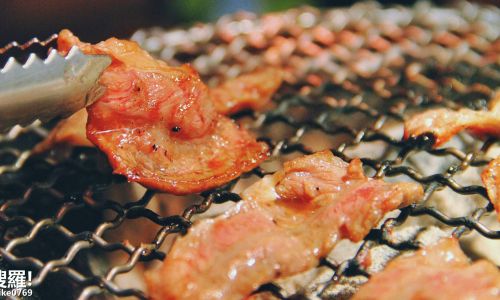
Advanced Techniques for Different Cuts
Different cuts of meat require different approaches to achieve optimal doneness. Here’s a closer look at some popular cuts and how to best determine their doneness.
Steaks
Steaks are a staple of any barbecue, and achieving the perfect doneness is crucial for a memorable meal. For medium-rare steaks, aim for an internal temperature of around 130-135°F (54-57°C), allowing the meat to carryover cook to about 140°F (60°C). Use an instant-read thermometer to check the temperature in the center of the steak, away from the bone if present.
Ribs
Ribs, whether pork or beef, benefit from a low and slow cooking method. They should be cooked until the meat is tender and pulls away from the bone easily. An internal temperature of around 195-205°F (91-96°C) is typical for fall-off-the-bone ribs, but it’s more important to check for tenderness by gently probing the meat with a fork or your fingers.
Whole Chickens and Birds
Cooking whole chickens or other birds requires checking the internal temperature in several locations, including the thickest part of the breast, the innermost part of the wing, and the thigh. The USDA recommends an internal temperature of 165°F (74°C) for all parts of the bird. Use a probe thermometer to monitor the temperature throughout the cooking process.
Burgers
Hamburgers should be cooked to an internal temperature of 160°F (71°C) to ensure safety, especially if the patties contain ground meat from multiple animals. Use an instant-read thermometer to check the center of each patty. Be careful not to over-press the patties with a spatula, as this can squeeze out juices and lead to drier burgers.
Special Considerations for Different Cooking Methods
The cooking method you choose can also affect how you determine doneness.
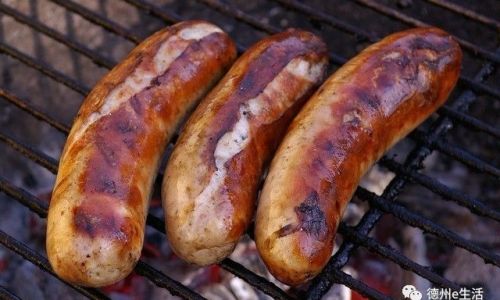
Direct Grilling
Direct grilling involves placing meat directly over the heat source. This method is best suited for thinner cuts like steaks, chops, and burgers. Use an instant-read thermometer to check for doneness, and be mindful of the risk of overcooking, especially with thinner cuts.
Indirect Grilling
Indirect grilling involves setting up one side of the grill for direct heat and the other for indirect heat. This method is ideal for larger cuts like roasts, chickens, and ribs. Use a probe thermometer to monitor the internal temperature, and adjust the grill’s heat as needed to maintain a consistent cooking environment.
Smoking
Smoking meat involves cooking it at low temperatures over an extended period. This method is perfect for achieving tender, flavorful results with cuts like brisket, pork shoulder, and ribs. Use a probe thermometer to monitor the internal temperature, and be patient, as smoking can take several hours to complete.
Conclusion
Determining if your barbecue is perfectly cooked is a combination of art and science. By understanding the basic principles of cooking meat, using reliable tools like meat thermometers, and paying attention to visual and textural cues, you can achieve consistently delicious results. Remember, the key to great barbecuing is patience, attention to detail, and a willingness to experiment. With practice, you’ll develop your own unique approach to mastering the perfect doneness for every cut of meat.
So, the next time you fire up your grill, whether it’s for a family gathering or a casual weekend cookout, apply these techniques to ensure your barbecue is cooked to perfection. Happy grilling!
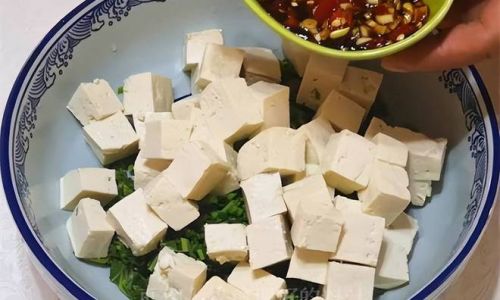
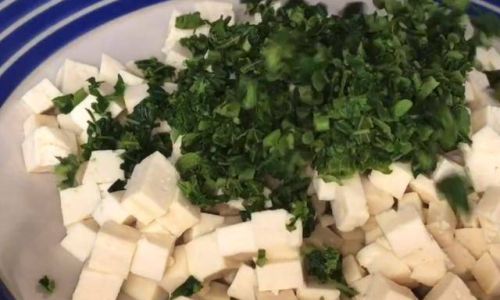
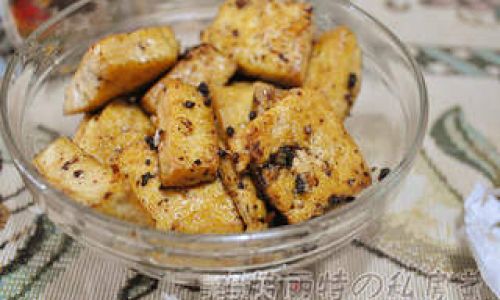
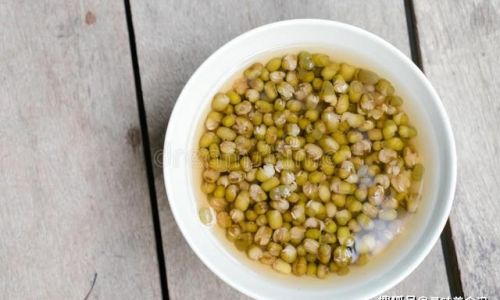
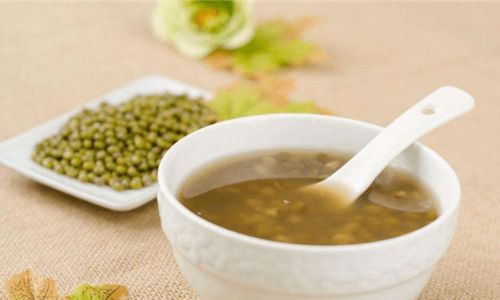
0 comments